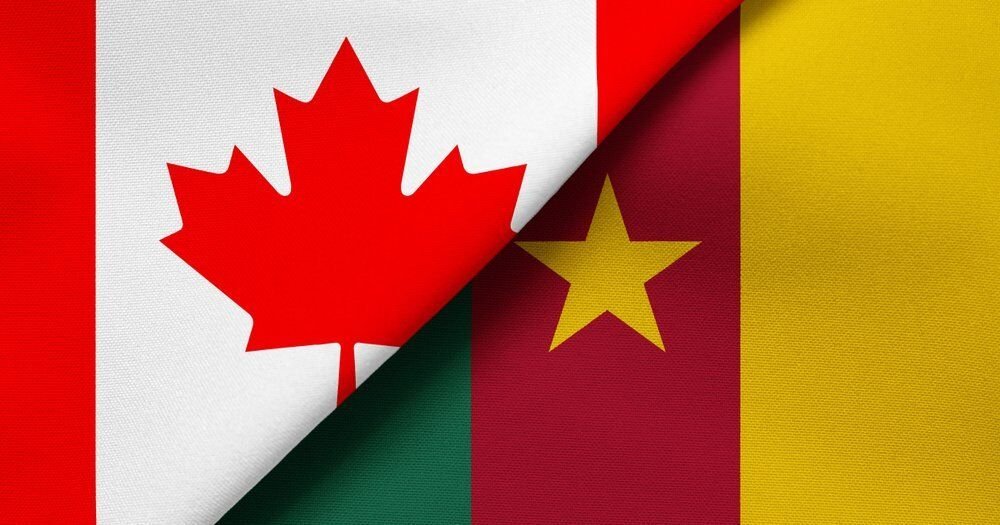Cameroonians have been immigrating to Canada in increasing numbers over recent years, contributing to the country’s diverse immigrant population. Below is a comprehensive overview of historical data and trends regarding Cameroonian immigration to Canada, based on available statistics and contextual factors. Cameroonian Immigration to Canada
Recent Immigration Statistics
In recent years, Cameroonian immigration to Canada has seen a marked increase. According to Immigration, Refugees and Citizenship Canada (IRCC) data:
-
Last Year’s Figures: By the end of November last year, 10,560 Cameroonians had become permanent residents in Canada, with projections estimating a total of 11,520 by year-end. This reflects a significant rise compared to earlier years, highlighting Cameroon as a growing source of Canadian immigrants.
Immigration Pathways
Cameroonian immigrants arrive through various immigration categories, with economic programs being the most prominent:
-
Economic Immigration:
-
Federal Skilled Worker (FSW) Program: 7,795 Cameroonians immigrated through this program, which targets skilled professionals.
-
Canadian Experience Class (CEC): 95 individuals, typically those with prior Canadian work experience, used this pathway.
-
Provincial Nominee Programs (PNP): 985 Cameroonians were nominated by provinces seeking specific skills or labor.
-
Atlantic Immigration Program (AIP): 15 immigrants settled in Atlantic Canada through this initiative.
-
Rural and Northern Immigration Pilot (RNIP): 10 Cameroonians chose rural or northern communities via this pilot program.
-
-
Family Sponsorship: 935 Cameroonians joined family members already in Canada.
-
Refugees and Protected Persons: 425 individuals arrived under humanitarian or refugee resettlement programs.
-
Investor Immigration: 5 Cameroonians gained permanent residence through investment-based programs, such as the Quebec Immigrant Investor Program (QIIP), which requires a $1.2 million investment and a $200,000 non-refundable contribution.
Historical Context and Influencing Factors
Several factors have shaped Cameroonian immigration trends to Canada:
-
Bilingualism and Cultural Affinity: Cameroon’s bilingual population (English and French) and predominantly Christian background align well with Canada’s linguistic and cultural landscape, particularly in Quebec. This has made Quebec a popular destination for many Cameroonians, especially through programs like the QIIP.
-
Canadian Immigration Policies: Canada’s focus on economic immigration and labor market needs has favored skilled Cameroonian workers. Additionally, refugee policies have supported those fleeing instability in Cameroon, contributing to the diversity of immigration streams. Cameroonian Immigration to Canada
Settlement Patterns
Cameroonian immigrants settle across Canada, with a mix of urban and rural destinations:
-
Urban Centers: Many gravitate toward cities like Montreal, Toronto, and Vancouver due to economic opportunities and established communities.
-
Rural and Regional Areas: Programs like the AIP and RNIP indicate a small but growing trend of Cameroonians settling in Atlantic provinces and rural regions, diversifying their geographic footprint.
Broader Canadian Immigration Trends
Cameroonian immigration fits into Canada’s broader immigration strategy:
-
Record Immigration Levels: In 2023, Canada welcomed 471,550 new permanent residents, the highest annual total in its history, driven by efforts to address labor shortages and an aging population.
-
Immigrant Population: As of 2021, immigrants comprised 23.0% of Canada’s population, the highest proportion since Confederation. While Asia remains the primary source, African countries like Cameroon are increasingly contributing to this growth. Cameroonian Immigration to Canada
Key Trends and Significance
-
Growth Over Time: The rise from previous years to over 11,000 projected permanent residents last year underscores a steady upward trend in Cameroonian immigration.
-
Economic Contributions: The dominance of economic programs (e.g., FSW, PNP) highlights Cameroonians’ role in filling skilled labor gaps.
-
Diversity of Pathways: The use of family sponsorship, refugee resettlement, and investor programs reflects a multifaceted migration pattern. Cameroonian Immigration to Canada
Conclusion
Cameroonian immigration to Canada has grown significantly in recent years, driven by economic opportunities, family reunification, and humanitarian factors. With over 10,560 permanent residents in the first 11 months of last year and a variety of immigration pathways, Cameroonians are an increasingly important part of Canada’s immigrant community. As Canada continues to prioritize immigration to support its economy and cultural diversity, this trend is likely to persist, with Cameroonians contributing through their skills, investments, and cultural heritage.

